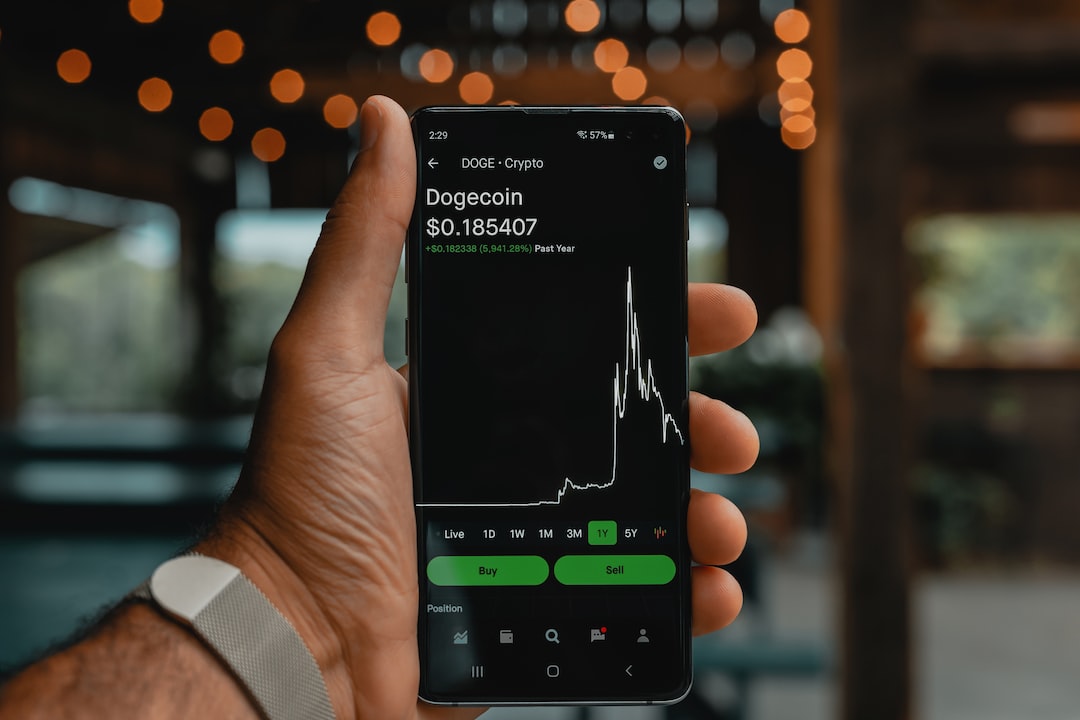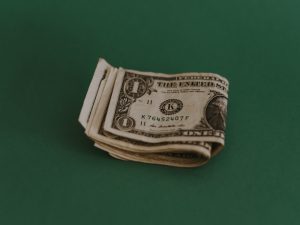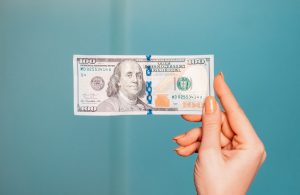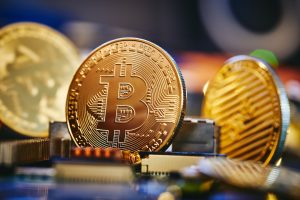Forex trading is a popular investment avenue for many large banks, and it is also a major source of revenue for these institutions. The forex market is the largest and most liquid market in the world, with an estimated $5.3 trillion traded every day. As such, big banks are heavily involved in forex trading, and their strategies are often complex and sophisticated. In this article, we will explore how big banks trade forex.
Understanding the Forex Market
The forex market is a decentralized market where currencies are bought and sold. The market operates 24 hours a day, five days a week, and is not bound by any geographical restrictions. Banks, corporations, hedge funds, and retail traders all participate in the forex market, making it one of the most diverse and dynamic financial markets in the world.
The forex market is driven by a range of factors, including economic data releases, geopolitical events, and central bank policies. These factors influence the value of different currencies, creating opportunities for traders to buy or sell currencies and profit from the resulting price movements.
How do Big Banks Trade Forex?
Big banks trade forex in a variety of ways, including spot transactions, forwards, futures, options, and swaps. Spot transactions involve the immediate exchange of currencies, while forwards involve a contract to exchange currencies at a future date. Futures, options, and swaps are more complex financial instruments that allow banks to hedge their currency exposure or speculate on currency movements.
One of the primary ways that big banks trade forex is through their proprietary trading desks. These desks are staffed by experienced traders who use a range of analytical tools and trading systems to identify trading opportunities and execute trades. Proprietary trading desks are often divided into different teams, each specializing in specific currency pairs or trading strategies.
Big banks also trade forex on behalf of their clients, including corporations and institutional investors. These trades are typically larger and more complex than those undertaken by retail traders, and may involve hedging currency risk or facilitating cross-border transactions.
Another way that big banks trade forex is through their market-making activities. Banks act as intermediaries between buyers and sellers in the forex market, providing liquidity and allowing traders to buy and sell currencies at competitive prices. Market-making activities are an important source of revenue for banks, and they require sophisticated risk management systems to ensure that the banks are not exposed to excessive risk.
Finally, big banks may also use algorithms and other automated trading systems to trade forex. These systems are designed to analyze large amounts of data and execute trades based on pre-determined rules and parameters. Algorithmic trading can be highly profitable, but it also carries the risk of technical glitches and other operational issues.
Conclusion
Big banks are major players in the forex market, and they use a range of sophisticated strategies to trade currencies. These strategies include proprietary trading, market-making, client trading, and algorithmic trading. Forex trading is a complex and dynamic activity, and big banks must rely on experienced traders, analytical tools, and risk management systems to succeed in this highly competitive market.





